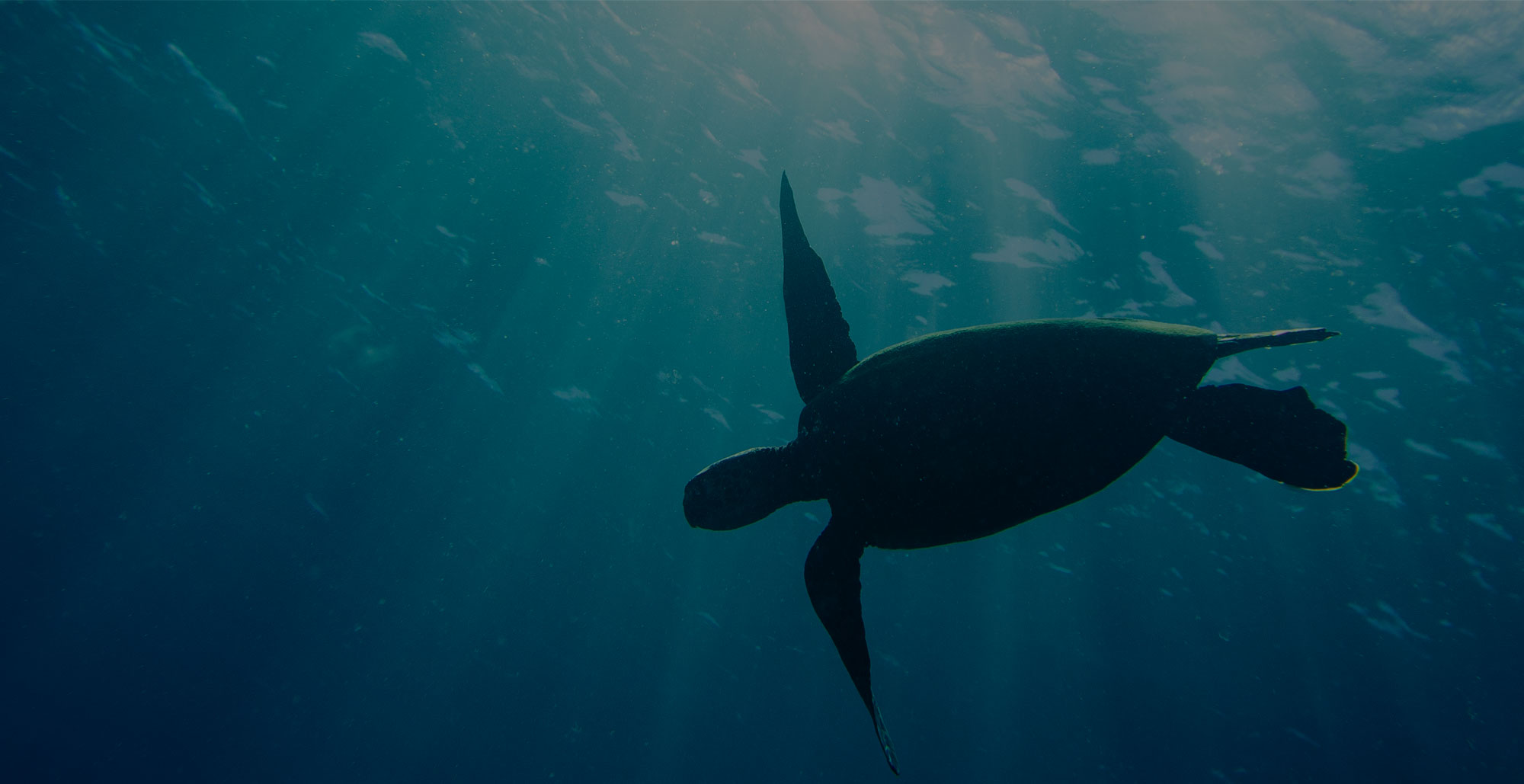Hawai'i Relocation Guide

Microclimates, Utility Providers, and Local Resources
Moving to Hawai’i? Hawai’i is one of the most diverse ecosystems on the planet! With everything from desert plains in Ka’u to Hilo’s high rainforest and the snowy peaks of Mauna Kea, you’ll find a wide range of climate types here. Whether you already call Hawai’i home or will be relocating soon, you can help ensure that your new location meets your expectations by selecting the area whose local microclimate is most in-line with your preferences.
Take note of local utility providers and resources to make arrangements that suit your personal needs.
PUNA
This region of coastal jungles on the windward Southeast Shore offers balmy warmth with plenty of freshwater springs, black sand beaches, and amazing volcanically heated tidal pools thanks to nearby Kilauea – the most seismically active volcano in the world. As Hawai’i’s hippie and alternative lifestyle capital, Pahoa offers a variety of unique craft stores, boutiques, and intimate dining venues with a distinctively casual atmosphere. Despite Pahoa’s “new age” vibe, it is home to most of the oldest historical buildings on the island.
KA’U
This is volcano country. Hawai’i’s southern region is dominated by Mauna Loa & Kilauea Volcanoes and home to Hawai’i Volcanoes National Park. Here, you will also find the green sand of Papakolea Beach and the deep, richly pigmented shores of Punalu’u Black Sand Beach.
KONA COAST
Sunshine and sandy, small cove beaches dominate Kailua-Kona and surrounding areas on the leeward side of Hawai’i Island. Exclusive resorts, vacation destinations, unique beach locales & historical sites are all here to discover along the Kona Coast.
Kailua-Kona
A fun, friendly village, Kailua-Kona is the slightly balmier, bustling heart of North Kona. Home to vibrant shops, countless recreational activities, historical attractions, and amazing restaurants, it also offers easy access to the area’s distinctive white sand beaches, world-class golf courses, lush forests, and diverse coastline.
South Kona
A strand of small towns, rich in agriculture & history. From coffee & macadamia farms to fruits & produce markets, there is an abundance of charm and community. Pu’uhonua O Honaunau National Historical Park and Kealakekua Bay State Historical Park are Hawaiian treasures.
Holualoa
This friendly artist community in the heart of Kona’s amazing coffee country is situated on the slopes of Hualalai Volcano. As a trendy hot-spot, Holualoa features abundant coffee shops, art galleries, festivals, live music, and gourmet foods. With its cooler climate, you’ll be comfortable whether enjoying a cup of hot Kona coffee or dancing through sunrise.
HAMAKUA
Escape the crowds with the small-town Bohemian charm of this cool, fair-weather northern region characterized by its mesmerizing emerald green hills and rugged stone coastlines. Situated on the windward coast, the region is often rainy and has no sandy beaches, but plenty of lava rock cliffs and a lush, green landscape. Home to artists and craftsmen, you will find plenty of art galleries, boutiques, and sidewalk cafes. The arid peaks are home to Mauna Kea, Earth’s largest mountain (as measured from the seafloor) and are often covered with snow.
HILO
Casual and laid-back, this charming east shore bayfront village on the windward side offers peaceful serenity, albeit a lack of sandy beaches. Draped in lush vegetation due to its often rainy weather, sleepy Hilo hosts several amazing botanical gardens. Nearby Rainbow Falls offers a wonderfully scenic escape.
KOHALA
The North and South Kohala regions on Hawai’i’s Northwest Shore are largely high and dry. Northern attractions include Lapakahi State Historical Park and Mo’okini Heiau, while South Kohala is home to the mesmerizing white sand beaches of Hapuna and Mauna Kea Beach. The local Puʻukoholā Heiau Temple stands as a testament to human engineering. As the birthplace of King Kamehameha I the Great, Kapa’au pays tribute with a larger-than-life effigy of this much-beloved warrior king who galvanized Hawai’i as a united force.
South Kohala Coastline
Rich in Hawaiian history, Hapuna Beach State Park & Cabins, oceanfront resorts & resort properties from the Mauna Kea Beach resorts to Mauna Lani Resort area that include beaches, shopping and golf.
Waimea
Saddle up and sharpen your spurs. This high-elevation region is home to Parker, Anna, and Kahua Ranches and is Hawai’i’s “Cowboy Country.” The vast pastoral plains and rolling greens are dotted with horse and cattle ranches and often feature exciting rodeos and live theatre events.
Waikoloa Beach
This dry, sunny resort area on the Western Coast hosts tourists and travelers from around the world who arrive in Big Island seeking tropical beauty and recreation. It is a place rich in the history and culture featuring ancient temples, sacred fishponds, and intriguing petroglyphs in lava rock. ʻAnaehoʻomalu Bay at Waikoloa Beach Resort boasts colorful reefs and tropical splendor in all its glory and features the historical Ala Kahakai Trail – the revered passageway between significant cultural features of Old Hawai’i.
Climate of Hawai’i
The climate of Hawai’i is generally mild and agreeable throughout, albeit quite diverse. Both temperature and precipitation are influenced greatly by the trade winds, as well as altitude and geographical features such as high mountains/volcanic peaks. Those interested in a more thorough analysis of local climate on the Big Island may find Climate of Hawai’i, a publication from The National Climatic Data Center, to be a useful resource.
Local Resources
Utilities
- HECO – Electric
- Hawai’ian Electric Company – Phone: (808) 548-7311
- Hawai’i Gas – Natural Gas
- Hawai’i Gas – Phone: (808) 536-0066
- Hawai’ian Telcom – Telephone & Internet
- Hawai’ian Telcom – Phone: (808) 643-3456
- Newcomer’s Guide to Hawai’ian Public Services

